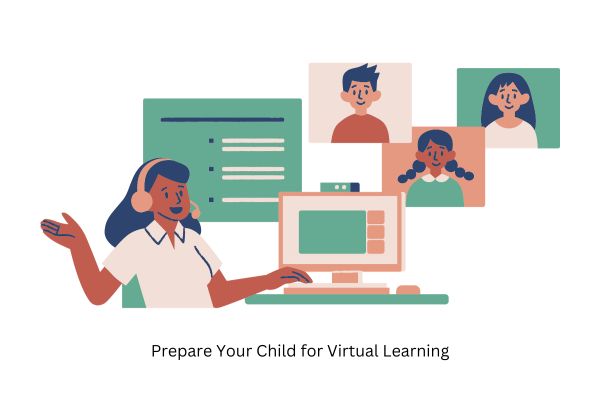Children crave connection. They yearn to feel heard and understood, and one of the most powerful ways to nurture this bond is through attentive listening. But authentic listening goes beyond simply being quiet while your child talks. It’s about actively engaging, empathizing, and creating a space where they feel safe to share their thoughts and feelings. Here are 7 ways to turn everyday interactions into opportunities to show your child you are truly listening:
1. Put the World on Hold To Show Your Child You are Truly Listening
We live in a fast-paced world filled with distractions. But when your child wants to talk, give them your undivided attention. Put away your phone, turn off the TV, and be present. Putting them first shows them they matter and that their words hold value.
2. Make Eye Contact and Get on Their Level

Physically connect with your child by kneeling or sitting so you’re eye-to-eye. It creates a sense of equality and encourages open communication. Make eye contact and offer a warm smile to show you’re engaged and interested in what they say.
3. Mirror Their Emotions
Pay attention to your child’s nonverbal cues. Are they frowning? Nodding? Fidgeting? Mirroring their emotions through facial expressions and body language shows you’re picking up on their underlying feelings. This validation helps them feel understood, even if you don’t have all the answers.
4. Ask Open-Ended Questions

Go beyond simple “yes” or “no” questions. Instead, prompt them to elaborate with “Can you tell me more about that?” or “What made you feel that way?”. It encourages deeper conversation and allows you to understand their perspective truly.
5. Actively Listen and Reflect
Don’t just wait for your turn to speak. Show you’re actively listening by summarizing key points and reflecting on what you’ve heard. It demonstrates you’re paying attention and helps clarify any misunderstandings. For example, you could say, “So, it sounds like you’re feeling frustrated because…”
6. Avoid Interrupting or Offering Unsolicited Advice
Let your child finish their thoughts before jumping in. Interruptions can shut them down and make them feel unheard. Resist the urge to offer solutions or advice right away. Sometimes, they need a listening ear, and your presence and validation are enough.
7. Celebrate Their Uniqueness
Every child is different, and their experiences, feelings, and perspectives are unique. Avoid comparing them to others or dismissing their concerns. Celebrate their individuality and validate their emotions, even if you don’t always agree.
Bonus Tip: Create a Safe Space for Sharing
Let your child know it’s okay to share anything with you, whether big, small, happy, or sad. Create a space where they feel comfortable expressing themselves freely without judgment or fear of consequences. It might involve setting specific “talk time” every day or having a designated “worry box” where they can anonymously write down their concerns.
Remember: True listening is a journey, not a destination. It takes time, effort, and practice. But by incorporating these tips into your everyday interactions, you can build a stronger foundation of trust and connection with your child, fostering a lifelong bond built on understanding and love.
Additional Points to Consider
- Adapt to your child’s age and developmental stage. What works for a toddler may not resonate with a teenager.
- Be patient and consistent. Building strong communication skills takes time and practice.
- Don’t be afraid to seek additional help. If you struggle to connect with your child, consider talking to a therapist or counselor specializing in child development.
By prioritizing active listening, you create a powerful tool for nurturing your child’s emotional well-being and communication skills, setting them on the path to healthy relationships and a fulfilling life.





